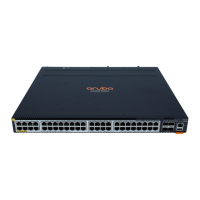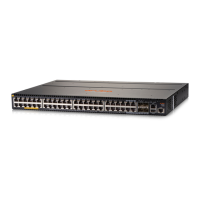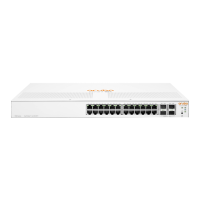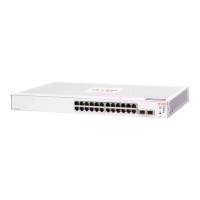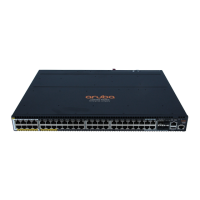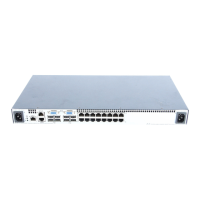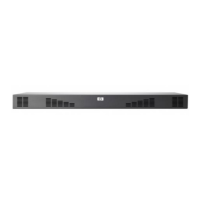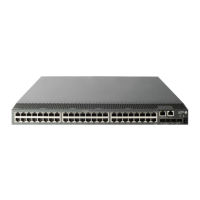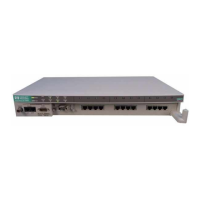Table 11: Trunk configuration protocols
Protocol Trunking Options
LACP (802.3ad) Provides dynamic and static LACP trunking options.
• Dynamic LACP — Use the switch-negotiated dynamic LACP trunk when:
◦ The port on the other end of the trunk link is configured for Active or Passive LACP.
◦ You want fault-tolerance for high-availability applications. If you use an eight-link
trunk, you can also configure one or more additional links to operate as standby
links that will activate only if another active link goes down.
• Static LACP — Use the manually configured static LACP trunk when:
◦ The port on the other end of the trunk link is configured for a static LACP trunk.
◦ You want to configure non-default spanning tree or IGMP parameters on an LACP
trunk group.
◦ You want an LACP trunk group to operate in a VLAN other than the default VLAN
and GVRP is disabled. (See VLANs and dynamic LACP on page 148.)
◦ You want to use a monitor port on the switch to monitor an LACP trunk.
For more information, see Trunk group operation using LACP on page 142.
Trunk
(non-protocol)
Provides manually configured, static-only trunking to:
• Most Switches and routing switches are not running the 802.3ad LACP protocol.
• Windows NT and HPE-UX workstations and servers
Use the Trunk option when:
• The device to which you want to create a trunk link is using a non-802.3ad trunking
protocol.
• You are unsure which type of trunk to use, or the device to which you want to create a
trunk link is using an unknown trunking protocol.
• You want to use a monitor port on the switch to monitor traffic on a trunk.
See Trunk group operation using the "trunk" option on page 149.
132 Aruba 2930F / 2930M Management and Configuration Guide
for ArubaOS-Switch 16.08
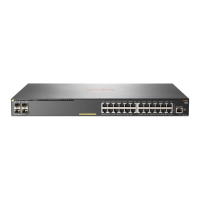
